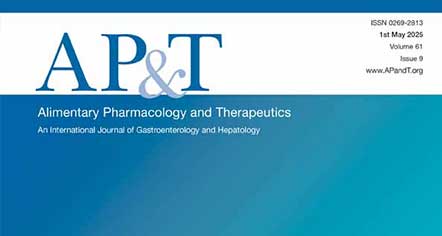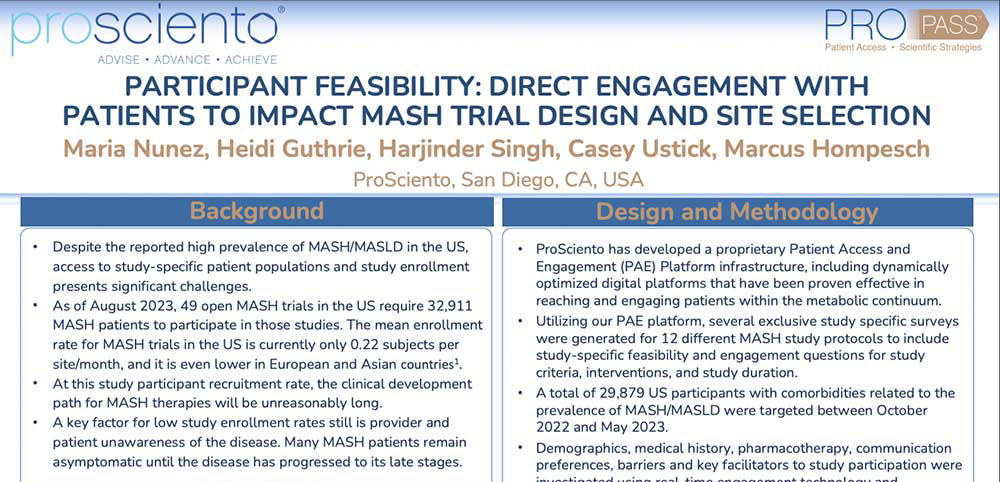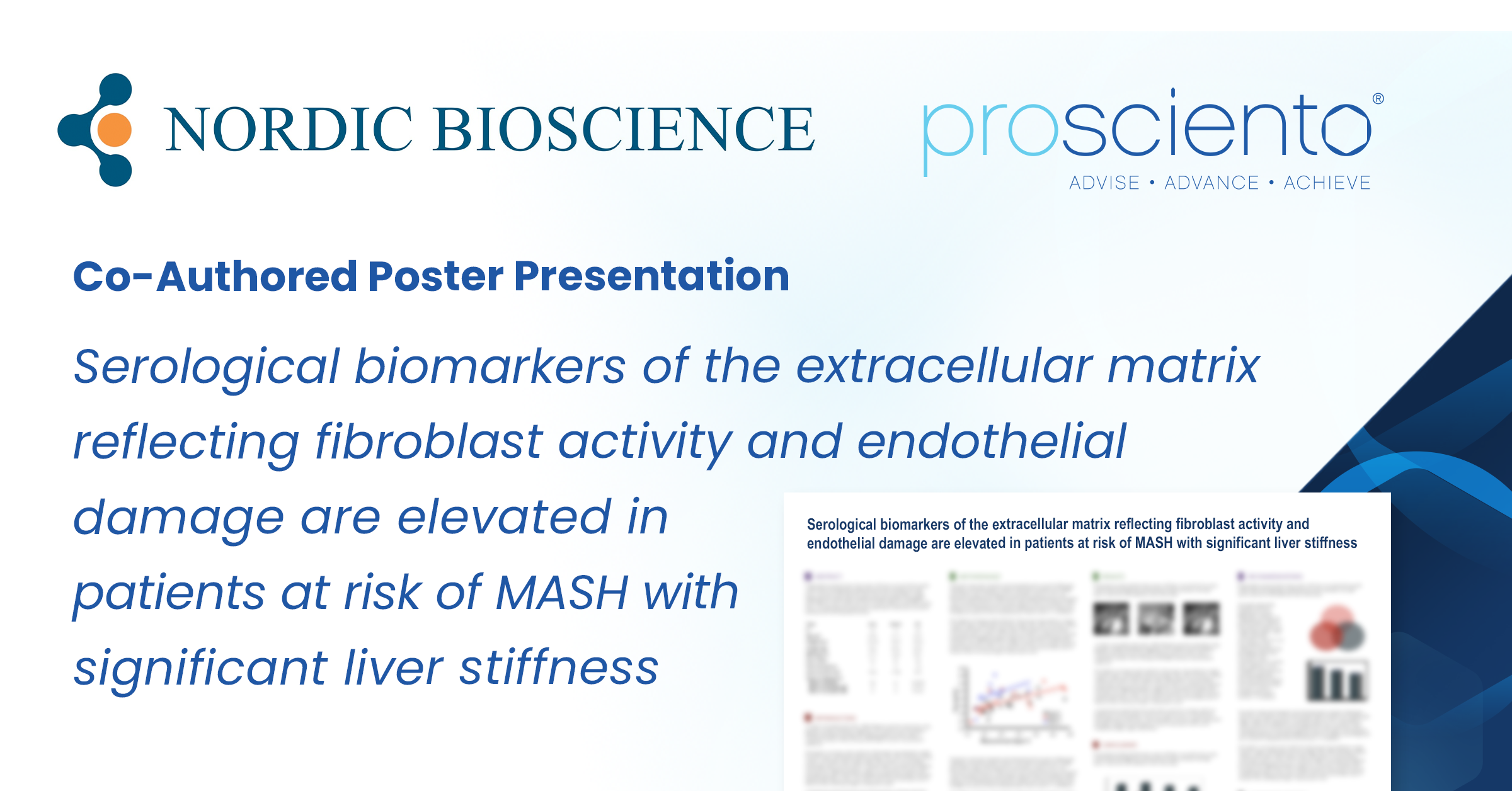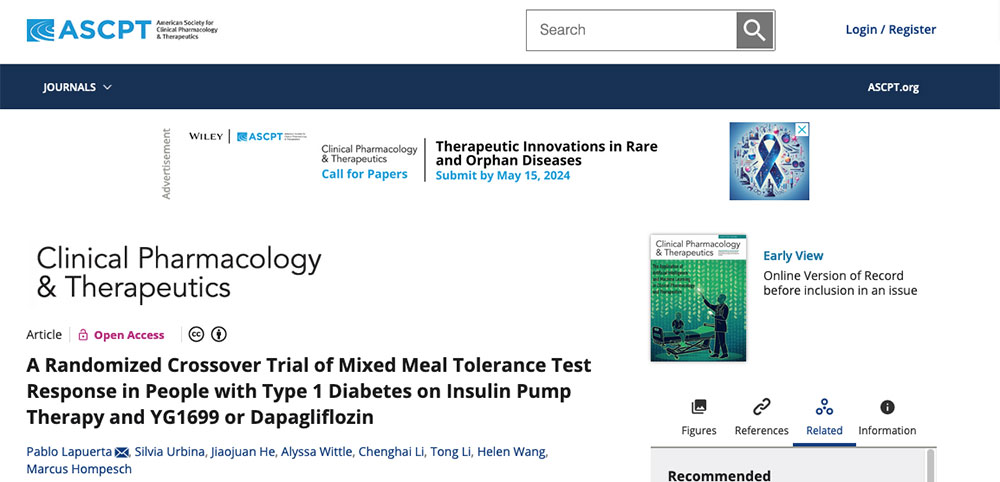About This Article
The continuum of metabolic syndrome encompasses a spectrum of dysfunctions impacting obesity-linked insulin resistance, glucose homeostasis, lipid metabolism and pro-inflammatory immune responses. The global prevalence of metabolic diseases, including diabetes, chronic liver disease, cardiometabolic disease and kidney disease, has surged in recent decades, contributing significantly to population mortality. Metabolic dysfunction-associated steatotic liver disease (MASLD), formerly known as non-alcoholic fatty liver disease, is a leading cause of liver disease worldwide. MASLD poses a significant global health challenge with its rising prevalence, placing a substantial burden on healthcare systems, impacts patient well-being and incurs significant economic costs. Addressing MASLD requires a comprehensive understanding of its interconnected factors, including its prevalence, healthcare burden and economic implications. Lack of awareness, imprecise non-invasive diagnostic methods and ineffective preventive interventions are core components of the MASLD-related problem.

Recommended Materials

Posters
Participant Feasibility: Direct Engagement With Patients to Impact MASH Trial Design and Site Selection

Posters
Serological Biomarkers of the Extracellular Matrix Reflecting Fibroblast Activity and Endothelial Damage are Elevated in Patients at Risk of MASH With Significant Liver Stiffness

Articles
A Randomized Crossover Trial of Mixed Meal Tolerance Test Response in People with Type 1 Diabetes on Insulin Pump Therapy and YG1699 or Dapagliflozin
Related Solutions

Experts in steatotic liver disease clinical research



